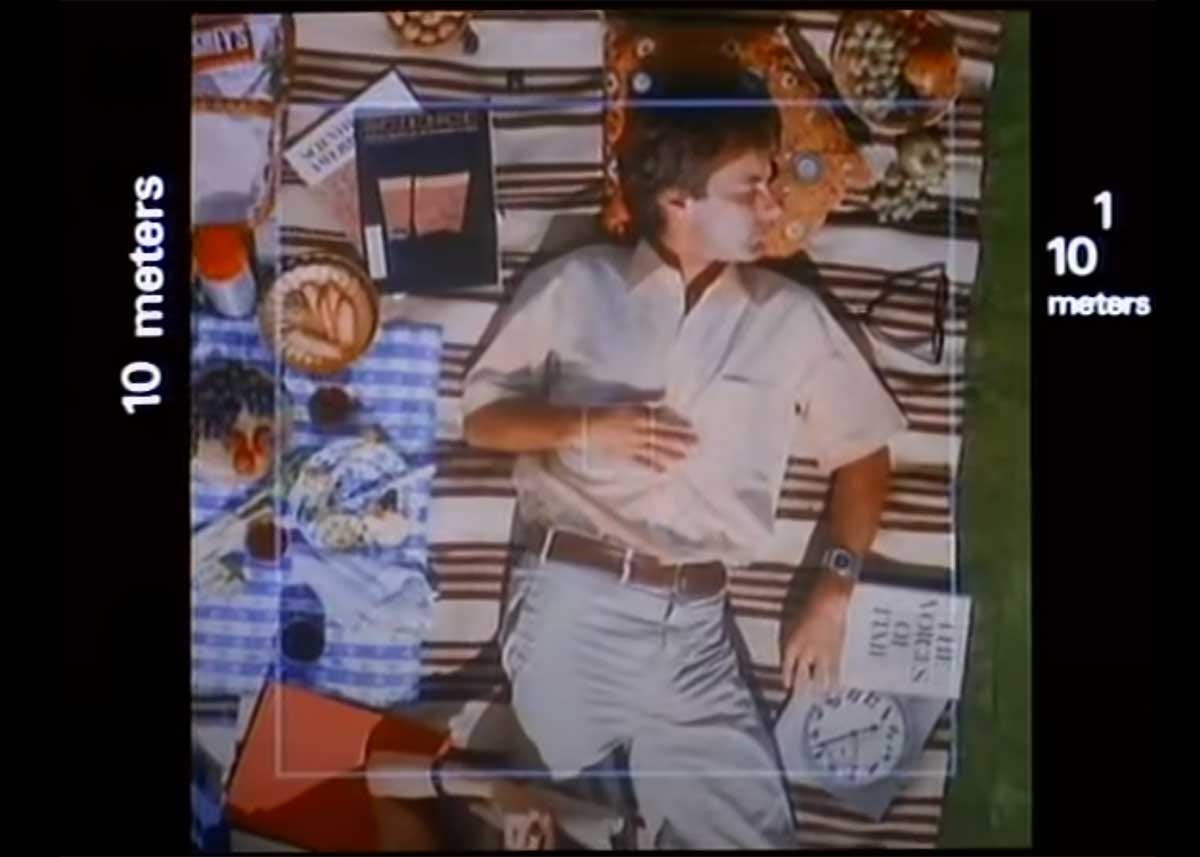Charles and Ray Eames’ “Powers of Ten”
Charles and Ray Eames, renowned for their groundbreaking contributions to architecture, furniture design and industrial design are ranked among the finest American designers of the 20th Century. They were also renowned filmmakers. Between 1950 and 1982, they made over 125 short films. Some were as short as 1 minute in length and others were as long as 30 minutes. One of my favorites was an exercise in illustrating magnitude, Powers of Ten.
About the Powers of Ten
If you have not seen it, you might be surprised to hear that Powers of Ten is one of the Eameses’ best-known films. Produced in 1977, it has been seen by millions of people around the world. Based on the 1957 book by Kees Boeke, Cosmic View: The Universe in Forty Jumps, the Eameses decided to use its concepts as the basis of a film that investigates the relative size of things and the significance of adding a zero to any number. The concept for the film is simple, but as you will see when watching it, the concept they are trying to illustrate gets pretty large. Like no other work, it uses exponential powers to visualize the importance of scale. Illustrating the scale of cosmic immensity and smallness in just under 10 minutes.
Starting with a closeup of a man sleeping near a lake, it makes its way quickly to the edge of the known universe. Then, just as quickly, it reverses course and descends down to the level of a carbon atom.
Watch the Powers of Ten
Everyone should see this film
Seeing this film in elementary school. I was instantly able to wrestle with the heady concepts it helped illustrate. Over the years, I would see this film many more times. Each time I would find myself hypnotized by it. The idea of largeness and smallness quickly becoming clear to me. No wonder in 1998, Powers of Ten was selected for preservation in the United States National Film Registry by the Library of Congress. It very much fits the criteria of being “culturally, historically, or aesthetically significant.”



